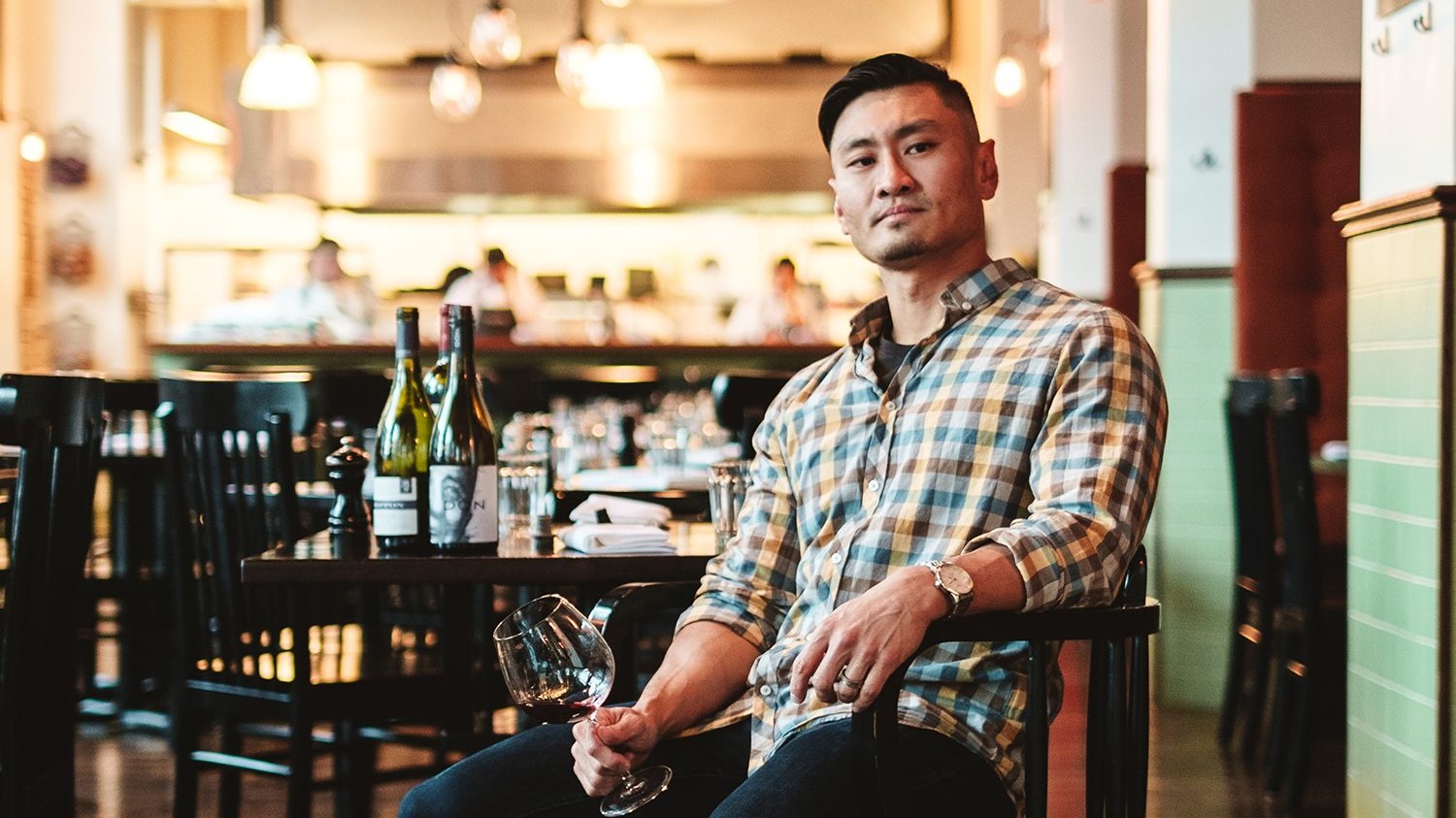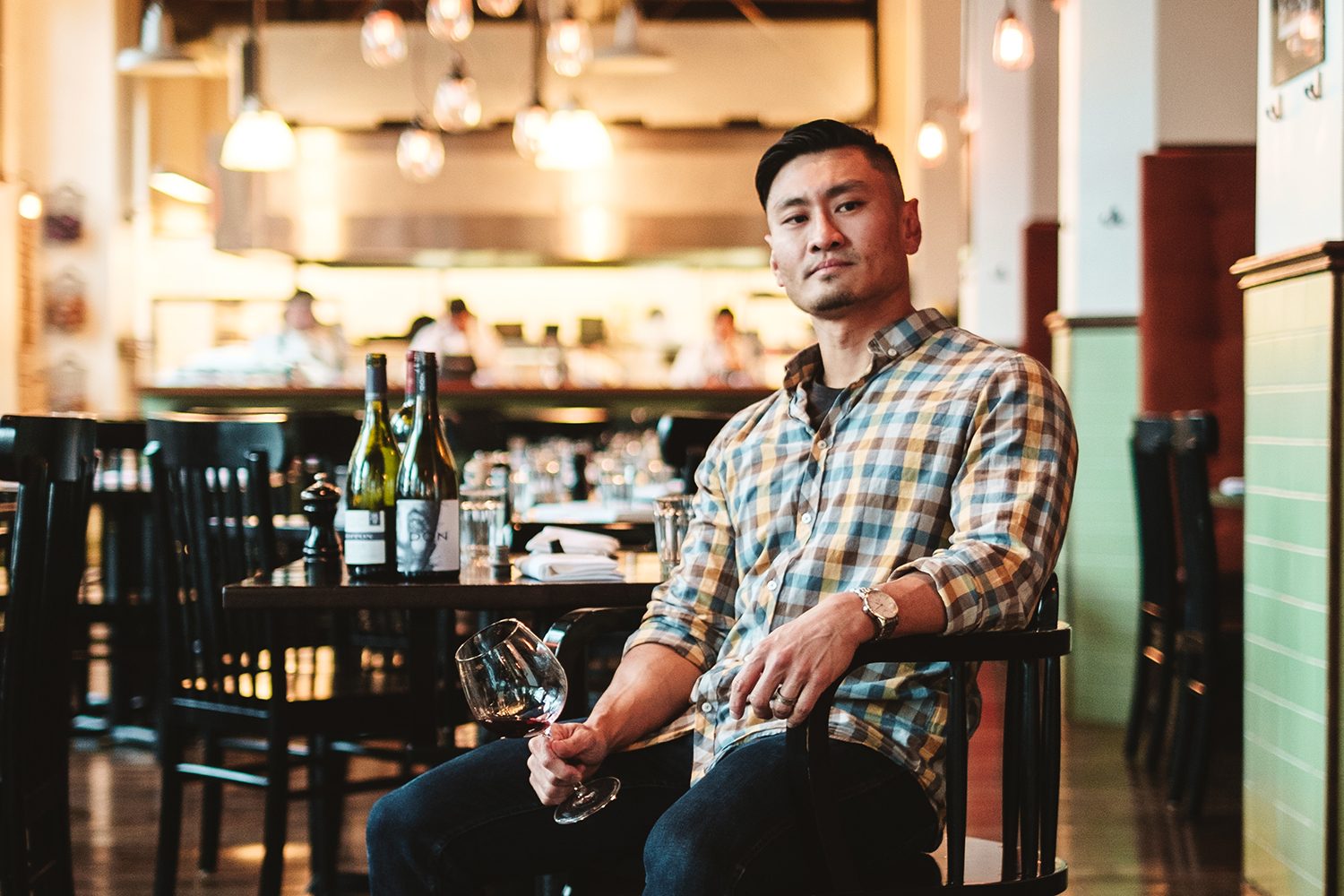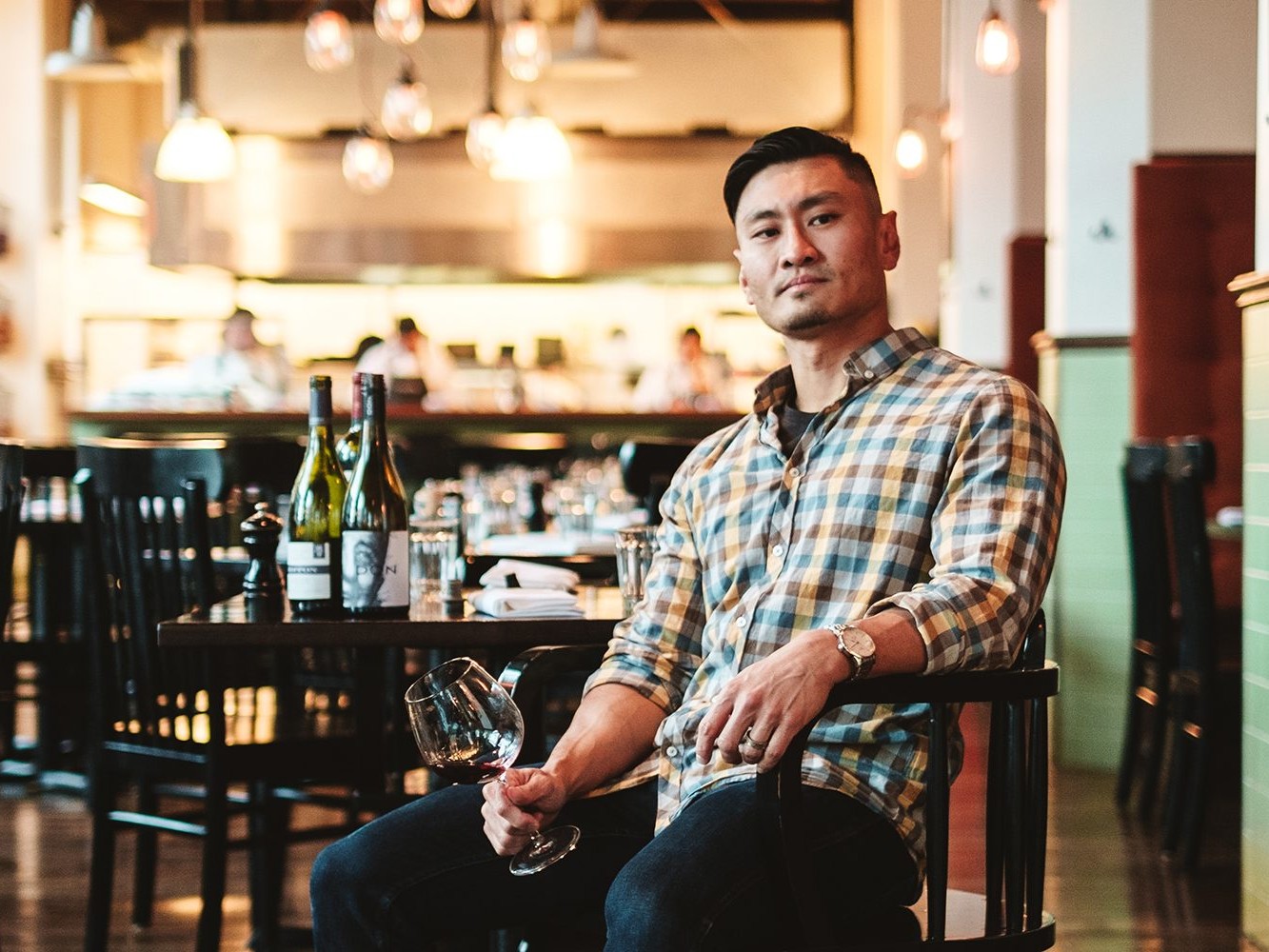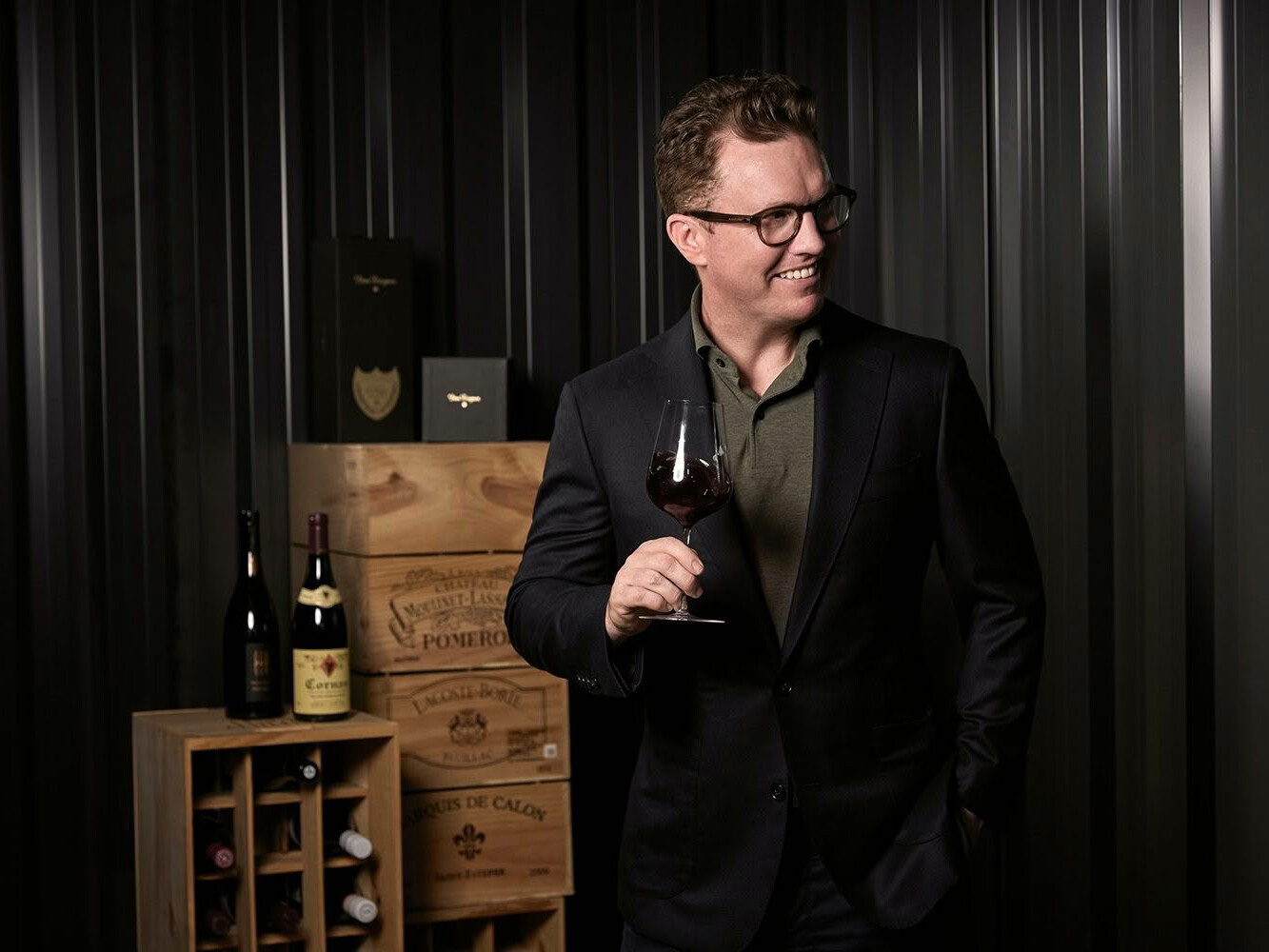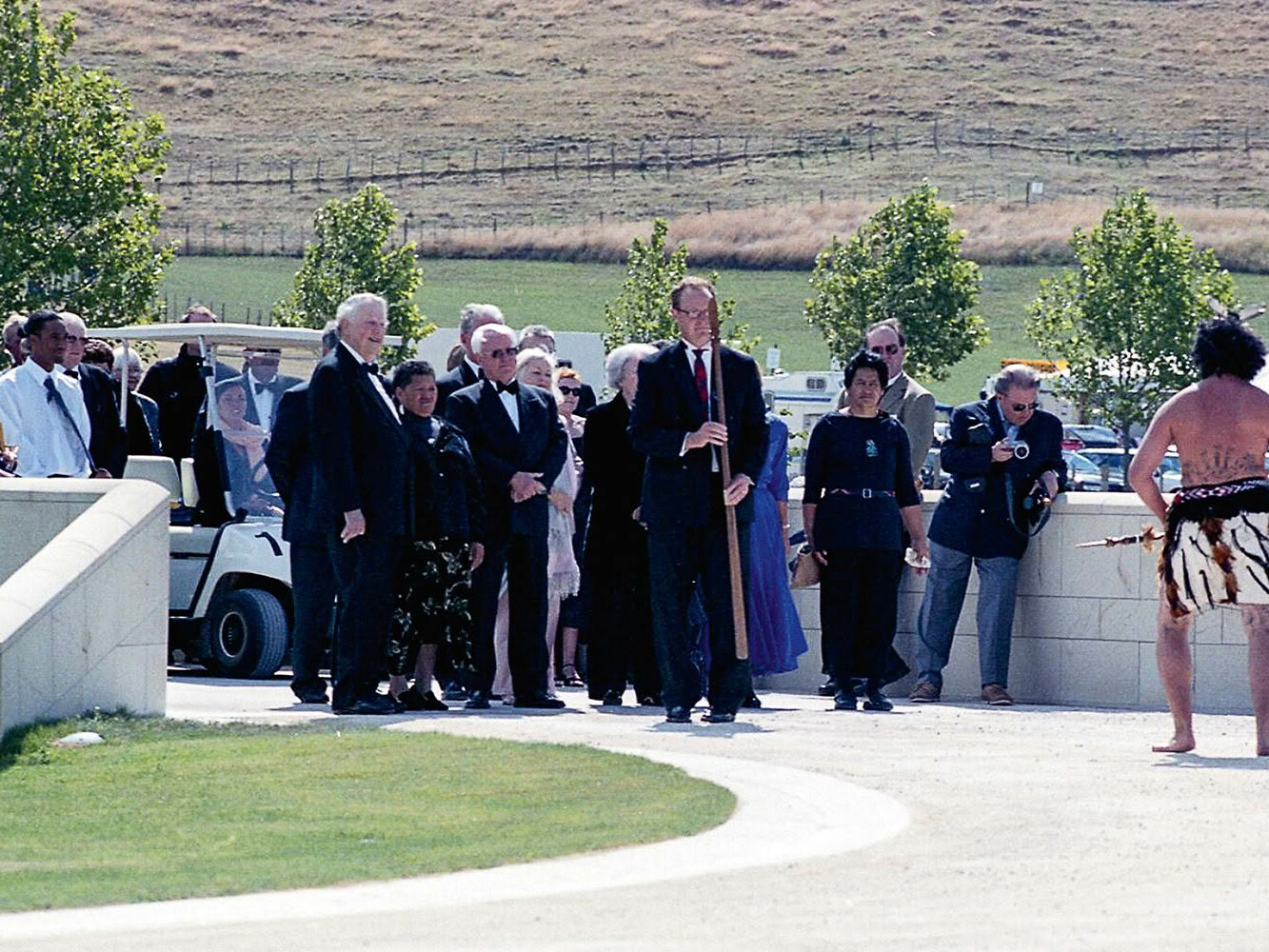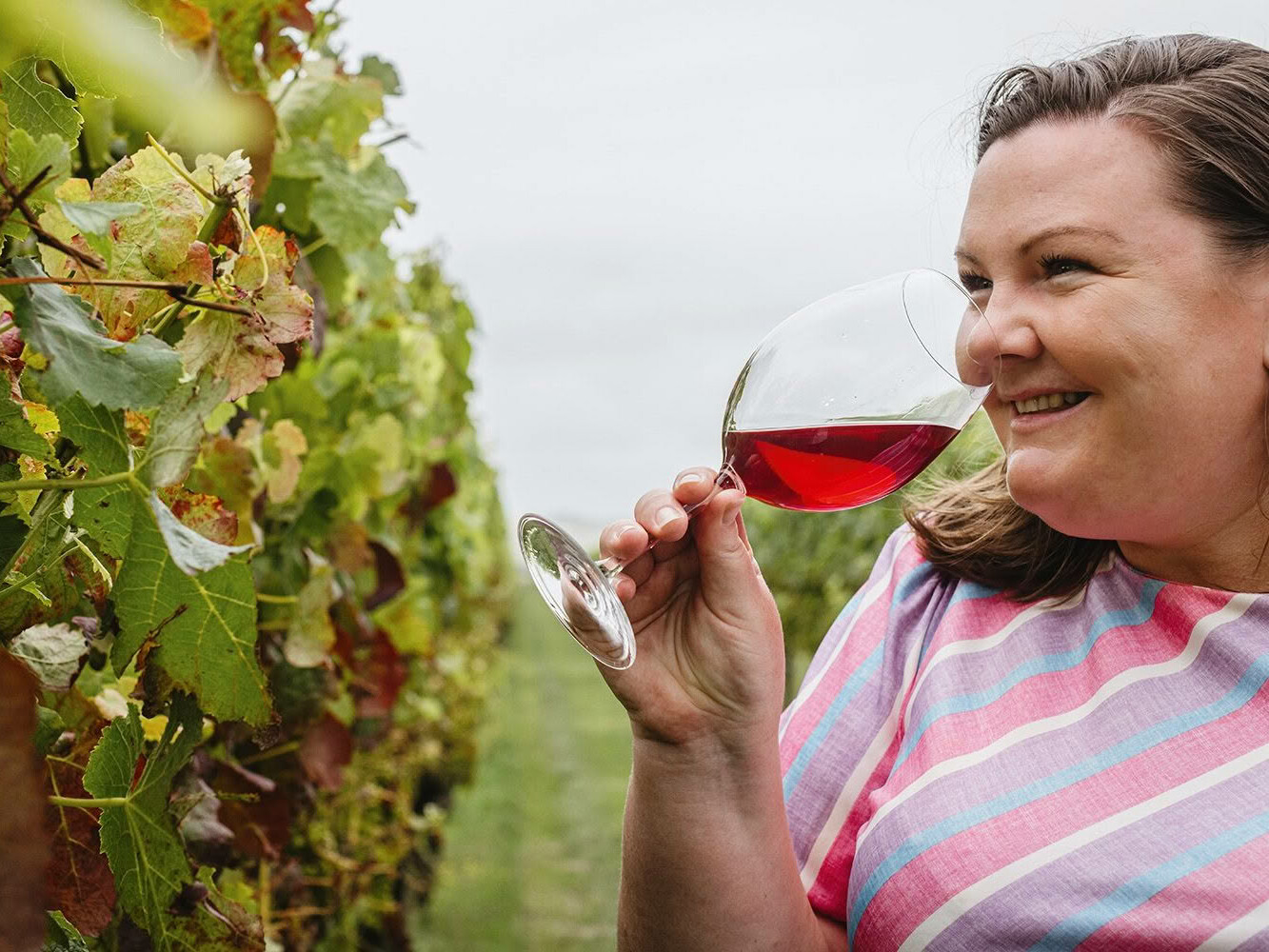This being the issue of the rosé and sauvignon blanc wine tasting, it’s serendipitous that we are also celebrating 50 years of modern winegrowing in Marlborough, which is the engine room of New Zealand sauvignon blanc (and rosé) production.
Back in 1973, Frank Yukich planted the first vines in Marlborough for Montana Wines. His idea came from Wayne Thomas, a DSIR scientist who not only suggested Marlborough but also pushed Frank to plant Vitis vinifera varieties such as chardonnay, riesling, gewürztraminer and sauvignon blanc rather than the hybrids which were popular at the time. Since then, Marlborough has been a runaway success story, spurred on by pioneering victories from Montana, Hunter’s, Corbans, Cellier Le Brun, Te Whare Rā and Cloudy Bay. But it was not without its challenges: the economic climate at the time was not favourable and New Zealand was going through a vine pull in 1985 just as the Awatere was being planted for the first time by Vavasour. This coincided with another potentially disastrous development when phylloxera was discovered in Marlborough, necessitating mass replanting. The fledgling Marlborough wine industry responded with resilience and innovation, replanting from Müller-Thurgau to sauvignon blanc, thus spreading the variety throughout the region.
From its early start in Rapaura and Brancott, Marlborough has now expanded to cover both banks of the Wairau, east towards Rārangi and Dillon’s Point, all the Southern Valleys, Taylor’s Pass, the Awatere (which is New Zealand’s second-largest region if counted separately), Kekerengu, Kaikōura and deep into the upper Wairau heading towards the Nelson Lakes. It now accounts for more than two-thirds of Aotearoa’s vineyard area and continues to grow. At a time when global wine news is centred on oversupply, falling consumption and the seeming abandonment of wine by the younger generation in favour of other drinks (or abstinence), it seems counter- intuitive that Marlborough is producing and exporting more wine than ever.
So where is this optimism coming from? Part of it is the niche we have found for ourselves. Marlborough sauvignon blanc seems to be holding its own for now, at least in the markets we have bet on – USA, Australia and UK – though not everyone is buying into it. There are some markets in Europe and Asia which are not attracted by it, and others where it is conspicuously absent. Signs point to Marlborough sauvignon blanc feeling like yesterday’s news to a new generation of drinkers, so what does the future hold for Marlborough? Thankfully, things have not stood still and the region has arguably regained the dynamism and innovation it had in the 1970s and 1980s.
An increasing number of players in the region have started to diversify beyond commodity sauvignon blanc, untethering themselves from the fate of that market. This is a sign of a maturing region that it has multiple tiers, types of businesses and audiences existing side- by-side. Among the quality-focussed groups is Méthode Marlborough, an initiative which focusses on vineyard- driven méthode traditionnelle wines. Then there is MANA (Marlborough Natural Winegrowers), a close-knit group of small, organic, estate wineries. Due to the sheer size of the region, it is also the most cosmopolitan of New Zealand’s wine regions, bringing together international and local talent into a critical mass which allows for an exchange of ideas.
New directions are represented by two general groups of producers. First are those quality-conscious producers who emphasise the importance of special sites – vineyards expressed by different winemakers, who in turn showcase different parts of Marlborough, in the manner of Burgundy. Novum, Deep Down, Blank Canvas, Astrolabe, Corofin and The Marlborist are among those who are shining a light on the respected vineyards of Wrekin, Clayvin, Settlement, Yarrum and Churton.
Then we also have the New Wave producers, who practice creative low- intervention winemaking with the influence of natural wine techniques such as skin-fermenting whites, unorthodox blends, short-fermented light, chillable reds, pétillant naturel, amphora fermentation and more. The explosion of new small-scale labels is very exciting to see: Siren Wines, Mélange, A Thousand Gods, Tettonica, Atípico, Out to Lunch, Natural State, Marathon Downs and Native & Ancient.
Lastly, we are also now seeing the beginnings of micro-domaines such as Nous which has New Zealand’s smallest organic-registered vineyard making only a barrel or two of phenomenally delicious chardonnay. Perhaps more will emerge which push the envelope of quality in Marlborough further, making it desirable for serious wine collectors and those who are chasing the peaks of quality.
There is no doubt that the region is powered by the large producers of sauvignon blanc which account for the majority of its identity. But within that, new stars are rising and creating an entirely different view and market for Marlborough, just as they do in any serious wine region of the Old World. So here we stand at the halfway point in a century of winegrowing, raising a glass to both the past and the future.

